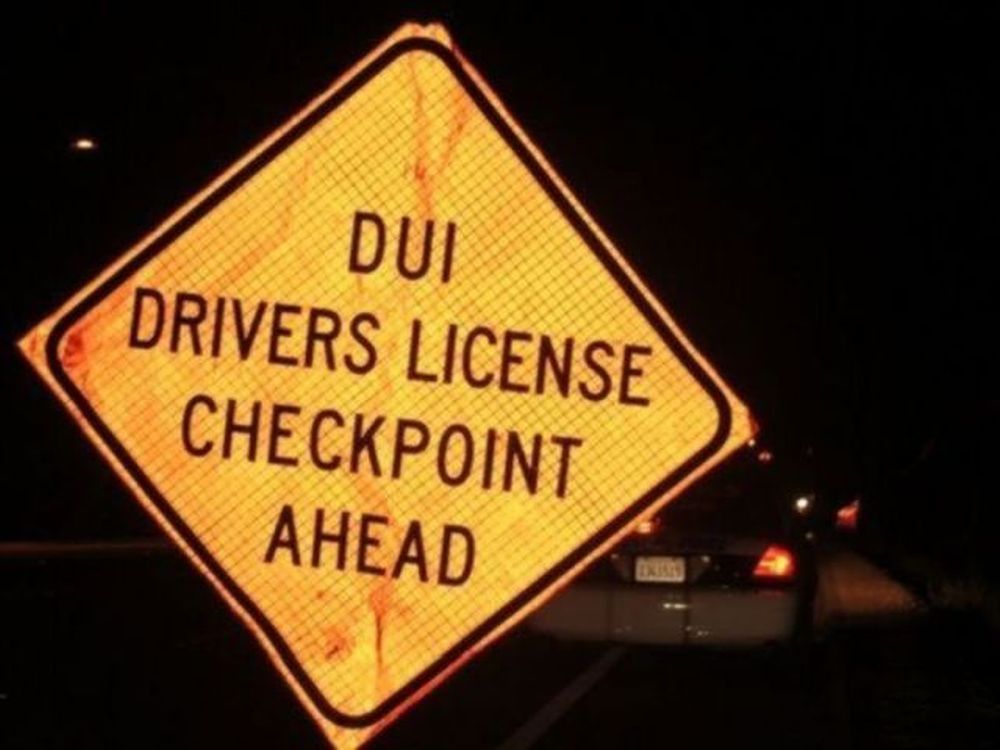The Essential Guide to Non Owner Car Insurance
Non owner car insurance is an essential safety net for drivers who don’t own a vehicle or mostly use alternative transportation such as public transport, shared rides or biking. If you only drive occasionally or happen to be in an accident without auto insurance, a non-owner policy could be the right choice to protect you from expensive liability costs. In this essential guide, we’ll answer all of your questions about non-owner car insurance and detail the various types of coverage available.
First of all, non owner car insurance provides coverage for drivers considered a high risk by traditional auto insurance companies. It’s important to remember that drivers without cars still need to be covered when they do decide to get behind the wheel. Non owner car insurance offers this coverage, so it’s important to look into your options.
Non owner car insurance also covers you if you have to rent a vehicle. Renting a car can be expensive, but buying auto insurance just for the duration of the rental is more cost efficient and can provide you with some peace of mind. This coverage extends to rentals with car-sharing programs or rideshares like Uber, Lyft and Zipcar, so you know you’re protected no matter what you’re driving.
Another benefit of non owner car insurance is that it typically costs significantly less than a standard auto insurance policy. If you’re a high-risk driver, you may find that the additional protection from a non-owner policy is worth the cost, especially if you need to get behind the wheel every once in a while.
One thing to bear in mind when considering non owner car insurance is that it does not provide the same protection as a traditional auto insurance policy. Non owner car insurance is what’s known as a liability-only policy, which means it covers bodily injury and property damage caused by an at-fault accident but does not cover damage to your own vehicle or another vehicle you’re operating.
Now that you know what non owner car insurance is and what it doesn’t cover, it’s important to understand the different types of coverage that are available. Depending on the company, you may be able to purchase non owner car insurance that includes liability coverage of up to $100,000 for bodily injury and $300,000 for property damage. Some companies may also offer add-ons such as medical payments coverage, personal injury protection or uninsured/underinsured driver coverage.
Another option is to purchase a short-term non owner car insurance policy. This can be a great choice for students who will only be driving for a few months or people who are renting a car for a trip or other short-term need. Short-term policies usually have a duration of six months and offer the same coverage as a traditional policy.
Before signing up for non owner car insurance, it’s important to do some research on the various companies and policies. Compare the coverage options, as well as the costs for different policies, to make sure you’re getting the most bang for your buck. Also, make sure to read the policy agreement carefully to make sure you understand exactly what is and is not covered.
Now that you have a better understanding of what non owner car insurance is, take a look at the other types of coverage offered. Consider purchasing comprehensive coverage, which covers damages to your vehicle resulting from weather, vandalism and more. Collision coverage, which covers damages to your vehicle when an accident is your fault, is also available. You may also want to consider uninsured motorist and other add-on coverage.
Another factor to consider when buying non owner car insurance is how your premium is calculated. Your premium is usually based on your age, your driving record, and your location. Companies may also factor in credit score or the type of car you’re driving when calculating the cost of your policy.
When comparing non owner car insurance policies, it’s important to note that the level of coverage and policy limits may vary from one insurer to another. Make sure to read through policies carefully to make sure you’re getting the best coverage at the lowest price. Ask your insurance agent questions about the policy limits, deductible amounts and other factors that could affect your premium.
Finally, think about how often you’ll need to use your non owner car insurance. If you’re a frequent driver, you may want to consider a longer-term policy that offers more extensive coverage. On the other hand, if you’re using a car-sharing service or have occasional need for rental vehicles, a shorter-term policy may be the better option.
So there you have it, the essential guide to non owner car insurance. It’s important to weigh your options carefully when considering any type of insurance and make sure you’re getting the level of coverage you need. Keep these points in mind and you’ll be sure to find the policy that’s right for you.
The best way to make sure you’re getting the right coverage for you is to understand all the potential risks that come with driving. Every time you get behind the wheel, you face potential liability risks associated with an accident or incident. Non-owner car insurance helps protect you from these costs in the event of an accident or other incident.
It’s also important to be familiar with the various types of non-owner car insurance coverage available. There are different policies that offer different levels of coverage, so it’s important to consider what level of risk you’re willing to take. Think about the kinds of accidents or incidents you’re likely to experience and choose the policy with the right amount of coverage.
When shopping for non owner car insurance, it’s essential to do your research. Check with multiple providers to make sure you’re getting the best price and the most comprehensive coverage. Don’t forget to ask questions to ensure you understand the terms and conditions of your policy so there won’t be any surprises down the road.
Next, have a strategy for keeping your premiums low. Insurers typically offer discounts for things such as good driving records and for enrolling in defensive driving classes. Some may also offer discounts for young drivers and those who maintain a certain grade point average. So don’t forget to take advantage of these cost-saving opportunities when shopping for a non-owner policy.
There are a few additional things to consider when buying non owner car insurance. Make sure you understand the process of filing a claim if you need to. Check what kind of deductible is set in your policy and make sure it’s in line with your budget. Also, always be sure to read the policy agreement thoroughly before signing to make sure you know what is and isn’t covered.
The legal aspects of non owner car insurance can be complicated; it’s important to know your rights and responsibilities in case of an accident. In some states, non-owner policies also provide coverage if you’re found to be at fault in an accident. This can be something to consider if you think you’re more likely to be in an accident than the average driver.
Finally, purchase a policy that has the right limits and coverage for you. Assess your financial situation and choose the policy that provides the right balance between adequate coverage and affordability. Taking steps such as these will help ensure you have the protection you need and are not left with expensive financial liability.
Now that you know the basics of non owner car insurance, let’s look at how to set up a policy. The first step is to contact an insurance provider to get quotes for a policy. Once you have a quote, you’ll need to provide information such as your age, driving record and location. You’ll also need to provide proof that you don’t own a car.
Once you’ve chosen your policy, you’ll need to purchase it. You can do this online, over the phone or in person. Be sure to keep a record of your payment and policy information so you can reference it if you need to.
Once you have your policy, you’ll need to make sure you can keep up with your payments. Consider setting up automatic payments from your bank account or credit card to ensure your policy remains in force. Other payment options include mail-in payments or paying in person. Additionally, some insurance companies allow policyholders to set up payment plans, so you can spread your payments out over a few months.
Now that your policy is in place, it’s important to remain vigilant about renewing it on time. If you fail to renew the policy, you may be subject to penalties. Additionally, be aware that some insurers may alter the terms of your policy if you’re involved in any accidents or incidents.
These are just a few of the basics of non owner car insurance. Remember, no matter what type of driver you are, it’s important to be covered in case of any accidents or incidents. Non owner car insurance is an essential safety net for any driver who doesn’t own a vehicle or mostly uses alternative forms of transportation.



